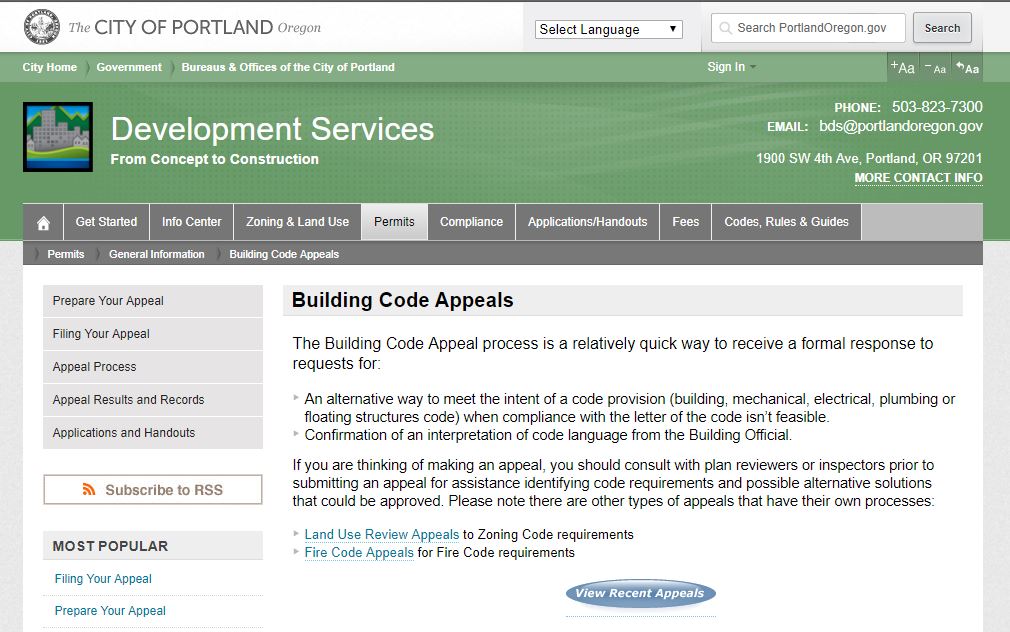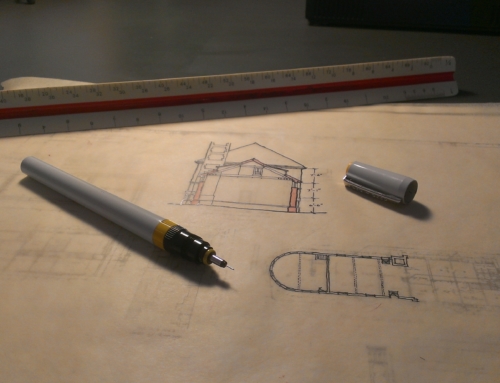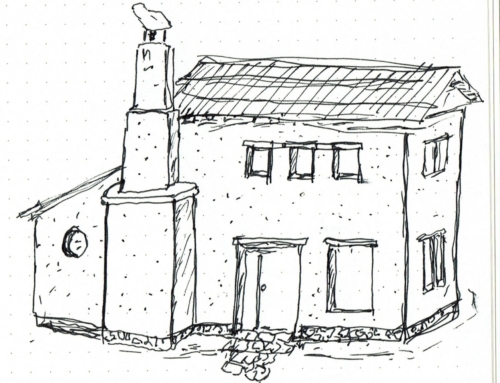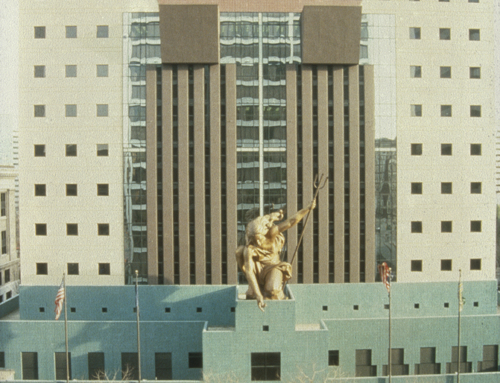When one begins contemplating a new residential building, addition, or remodel, one of the considerations that comes up fairly quickly is the applicable building code. In Oregon, where our office is located, this is the Oregon Residential Specialty Code (ORSC), often just called the “residential code” or the “one and two family code.” This is the code that applies to most single family and duplex homes.
The residential code is primarily intended “to establish minimum requirements to safeguard the public safety, health and general welfare through affordability, structural strength, means of egress facilities, stability, sanitation, light and ventilation, energy conservation and safety to life and property from fire and other hazards[…]” Essentially, the code is meant to provide that buildings are relatively safe and healthful and not likely to become collapsing, fiery, deathtraps.
Much of the code is focused on more commonly used building methods. In Oregon, we have some supplemental appendices to the residential code for “alternatives” such as straw-bale and light straw-clay. What happens when you are intending to build with something not already established in the code?
As a bit of a simplification, much of the residential code is made up of prescriptive directions for building. The residential code will give you a rough basic recipe, that, if followed, is theoretically at least meant to produce a building that meets the intent of the code, that is, to not become a collapsing fiery deathtrap.
Stepping out of these sorts of norms but still getting a building permit usually involves a building code appeal. Back a few months ago we had a blog post about hempcrete. It just so happens that on the City of Portland Bureau of Development Services website there is a record of a successful building code appeal.
https://www.portlandoregon.
- Immediately, it’s use is described as nonstructural, and the structure (in this case, timber frame) is listed, addressing any concerns about structural performance by eliminating them from this appeal.
- Next it is described how the lime plaster creates the weather resistant barrier, and the “breathing” of hempcrete is given as a key reason to use the system’s water resistance and not an applied barrier. The appeal includes information related to this.
- The insulating qualities are addressed next, and an analysis of hempcrete’s insulating properties is given.
- A description of the construction is given.
- Fire testing of the material with results is listed.








